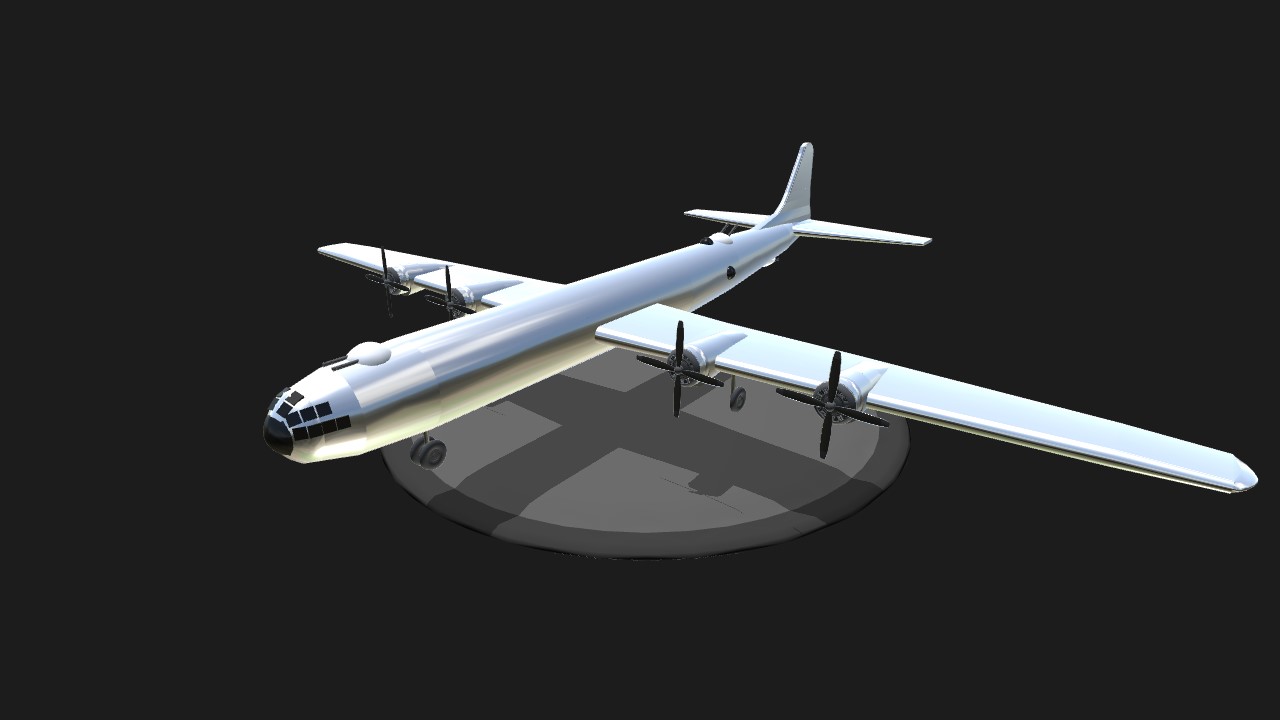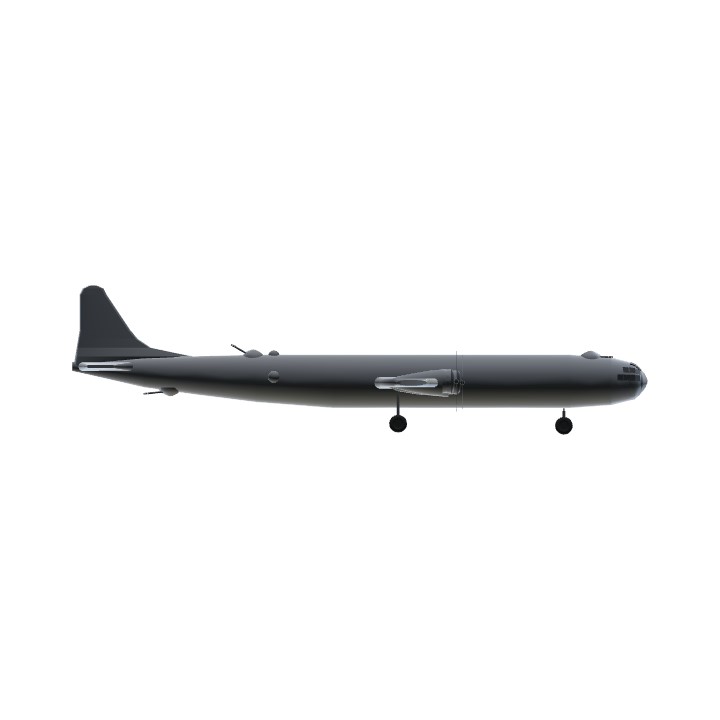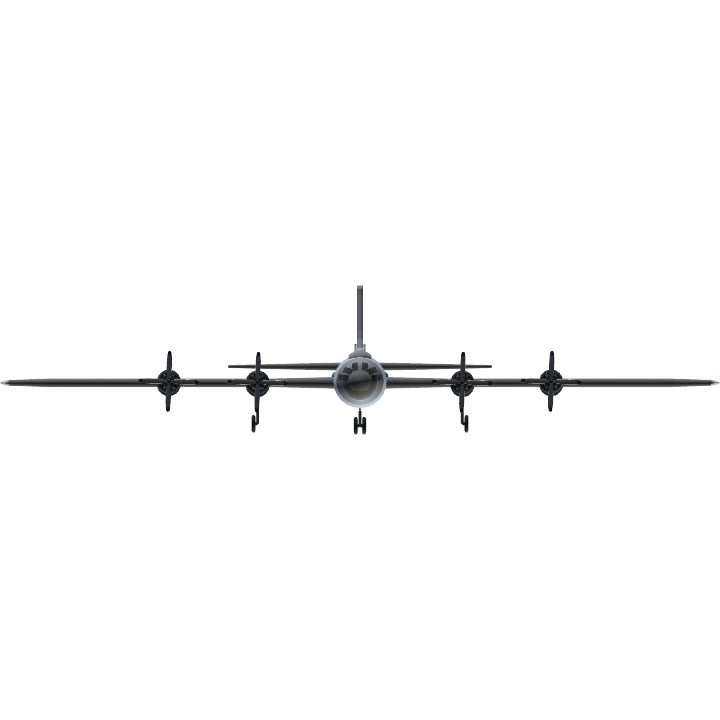The Boeing B-29 Superfortress is a four-engine propeller-driven heavy bomber designed by Boeing, which was flown primarily by the United States during World War II and the Korean War. It was one of the largest aircraft operational during World War II and featured state-of-the-art technology. Including design and production, at over $3 billion it was the single most expensive weapons project undertaken by the United States in World War II, exceeding the cost of the Manhattan Project by between $1 and 1.7 billion.[4][5] Innovations introduced included a pressurized cabin, dual-wheeled, tricycle landing gear, and an analog computer-controlled fire-control system directing four remote machine gun turrets that could be operated by a single gunner and a fire-control officer. A manned tail gun installation was semi-remote. The name "Superfortress" continued the pattern Boeing started with its well-known predecessor, the B-17 Flying Fortress. Designed for the high-altitude strategic bomber role, the B-29 also excelled in low-altitude nighttime incendiary bombing missions. One of the B-29's final roles during World War II was carrying out the atomic bomb attacks on Hiroshima and Nagasaki. Because of the B-29's advanced design, unlike many other World War II-era bombers, the Superfortress remained in service long after the war ended, with a few even being employed as flying television transmitters for the Stratovision company. The B-29 served in various roles throughout the 1950s. The Royal Air Force flew the B-29 as the Washington until phasing out the type in 1954. The Soviet Union produced an unlicensed reverse-engineered copy as the Tupolev Tu-4. The B-29 was the progenitor of a series of Boeing-built bombers, transports, tankers, reconnaissance aircraft and trainers including the B-50 Superfortress (the first aircraft to fly around the world non-stop) which was essentially a re-engined B-29. The type was retired in the early 1960s. The B-29 production total was 3,970 ai
Specifications
Spotlights
- Mustang51 6.5 years ago
- JohnnyBoythePilot 6.5 years ago
- Trijetz 6.5 years ago
- ACEPILOT109 6.5 years ago
- Spectre2520 6.2 years ago
- DJS8Corporations 6.5 years ago
General Characteristics
- Successors 1 airplane(s) +7 bonus
- Created On Windows
- Wingspan 99.7ft (30.4m)
- Length 79.7ft (24.3m)
- Height 20.6ft (6.3m)
- Empty Weight N/A
- Loaded Weight 22,385lbs (10,153kg)
Performance
- Horse Power/Weight Ratio 0.402
- Wing Loading 31.8lbs/ft2 (155.0kg/m2)
- Wing Area 705.0ft2 (65.5m2)
- Drag Points 19603
Parts
- Number of Parts 138
- Control Surfaces 7
- Performance Cost 1,070







@Spectre2520 Wow! Thanks for the help! Im not going to change anything on my B-29 description because its an old creation.
Great stuff! But your airplane description has to be improved. I mean...not everyone will read that long lines of description, so what you got to do is separate them into sections.
After that, you can edit the description and add spaces to it. This will help your description @Pilot72
@Ikhsan2005 Thank you!
Holy nice!
Omg Almost 200 downloads and 13 upvotes! Thanks guys!
@DJS8Corporations Thanks!
Such a n elegant aircraft, good job dude, keep the great work up. ☺
@Homemade Fix this! Any fixes?? no?? okay.
@Mustang51 Thanks Im going to check it out
@Trijets Thanks, I know
Great replica, but the greenhouse style cockpit needs to be a bit bigger.
I agree with Mustang51 it is so cool, I might take some inperation from this...
Dude this is really fantastic! You’re getting very good at this. If you want though, you can steal the nose area of my B-101 (jet B-29) and use that. You don’t need to give credit either but I spent ages working to get it nice and rounded and it would fit perfectly on this I think